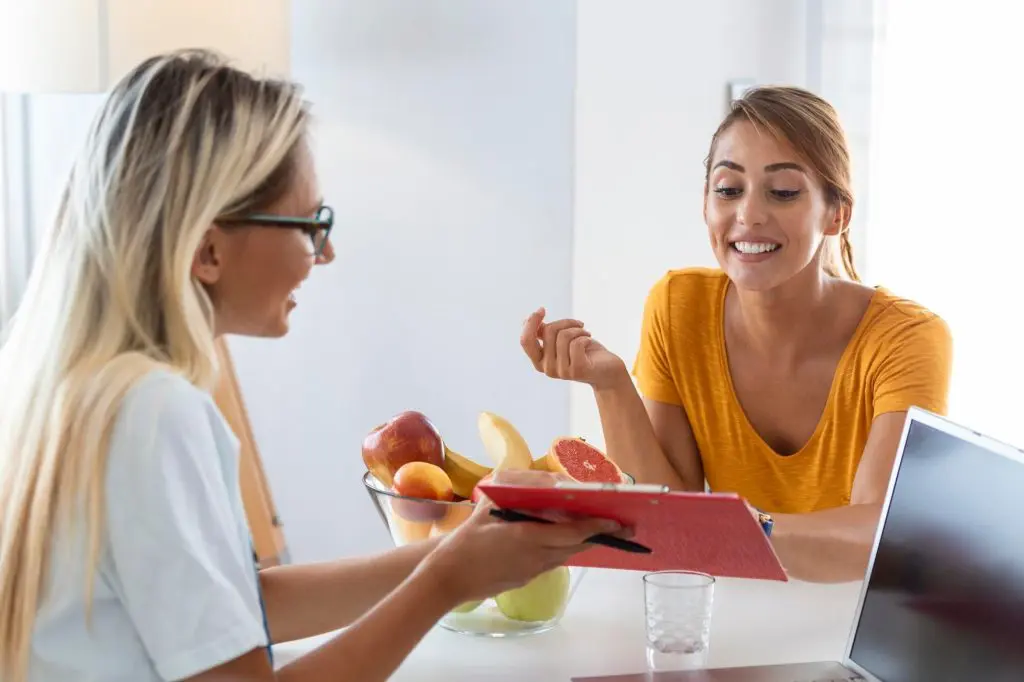In the ever-evolving landscape of industrial operations, the integration of robotics has emerged as a transformative force, redefining the way businesses operate, manufacture, and ensure the safety of their workforce. This article explores the profound impact of robotics in industry, shedding light on how these automated systems enhance efficiency and safety across various sectors.
1. Automated Manufacturing: Precision and Speed
One of the primary areas where robotics is revolutionizing industry is in automated manufacturing processes. Robots equipped with advanced sensors and programming can perform intricate tasks with unparalleled precision and speed. From assembly lines to intricate welding and painting tasks, robots excel at repetitive actions, leading to increased production efficiency and product consistency.
2. Efficient Material Handling: Streamlining Logistics
The deployment of robotics in material handling and logistics has streamlined supply chain processes. Automated guided vehicles (AGVs) and robotic arms are adept at efficiently moving and sorting materials within warehouses and distribution centers. This not only reduces the need for manual labor in physically demanding tasks but also minimizes errors and accelerates the pace of material flow.
3. Collaborative Robots (Cobots): Humans and Robots Working Together
Collaborative robots, or cobots, represent a paradigm shift in industrial automation. Unlike traditional industrial robots, cobots are designed to work alongside humans, enhancing efficiency while maintaining safety. Cobots can handle tasks that require precision and strength, allowing human workers to focus on more complex, cognitive aspects of their jobs.
4. Predictive Maintenance: Minimizing Downtime
The integration of robotics in industry has given rise to predictive maintenance models. Sensors embedded in robotic systems can monitor equipment conditions in real-time. By analyzing data, these systems can predict when maintenance is needed, helping businesses schedule proactive interventions. This predictive approach minimizes downtime, reduces costs, and extends the lifespan of industrial equipment.
5. Enhanced Safety Measures: Mitigating Workplace Hazards
Safety is a paramount concern in industrial settings, and robotics play a crucial role in mitigating workplace hazards. Robots are well-suited for tasks that pose risks to human workers, such as handling hazardous materials, working in extreme temperatures, or performing repetitive motions that may lead to ergonomic issues. By assuming these tasks, robots contribute to a safer working environment.
6. Quality Control and Inspection: Ensuring Product Excellence
In industries where quality control is paramount, robotics excel in ensuring product excellence. Robotic systems equipped with advanced sensors and vision systems can perform intricate inspections, identifying defects with a level of precision beyond human capability. This not only enhances product quality but also reduces the likelihood of faulty products reaching the market.
Challenges and Considerations
7. Integration Costs and Training: Overcoming Initial Barriers
While the benefits of robotics in industry are evident, businesses face initial challenges related to the costs of integrating robotic systems and the need for specialized training. Investing in the right technology and ensuring that the workforce is equipped with the skills to operate and collaborate with robotic systems are crucial steps in overcoming these barriers.
8. Ethical and Social Implications: Navigating the Human-Machine Dynamic
The increasing prevalence of robotics in industry raises ethical and social considerations. As automation becomes more widespread, there are concerns about job displacement and the impact on the workforce. Addressing these concerns requires thoughtful planning, including upskilling programs and strategies to integrate human workers seamlessly with robotic systems.
The Future of Robotics in Industry
As technology continues to advance, the future holds exciting prospects for the continued integration of robotics in industry. From the rise of more intelligent and adaptable robotic systems to the exploration of swarm robotics for collaborative tasks, the landscape of industrial automation is poised for continual evolution.
In conclusion, the marriage of robotics and industry is a dynamic partnership that is reshaping the way businesses operate. From enhancing efficiency in manufacturing to ensuring workplace safety and quality control, the impact of robotics is far-reaching. As industries navigate the challenges and seize the opportunities presented by automation, the symbiotic relationship between humans and robots promises a future where industrial processes are not only more efficient but also safer and more sustainable.







